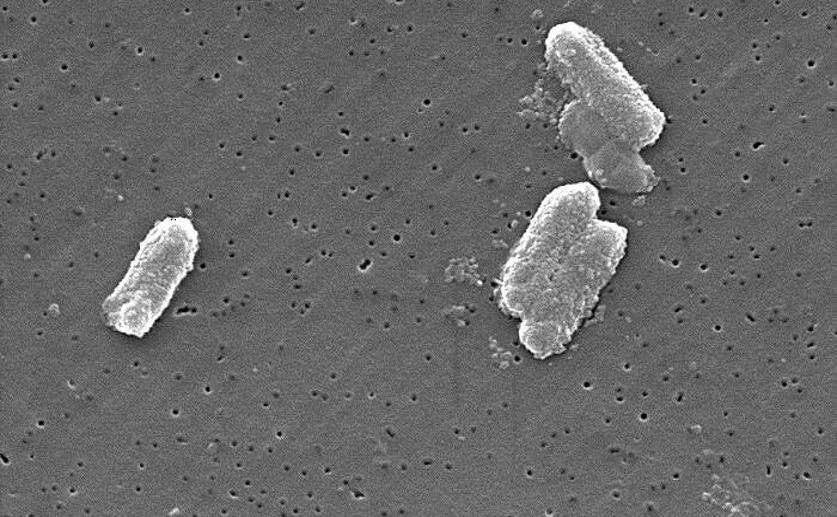
This archived news article is over 5 years old.
Researchers Discover a Clever Strategy That Allows Enteric Pathogens to Survive in Anaerobic Environments
Joanna Lawrence
17th September, 2016


Joanna Lawrence
17th September, 2016
